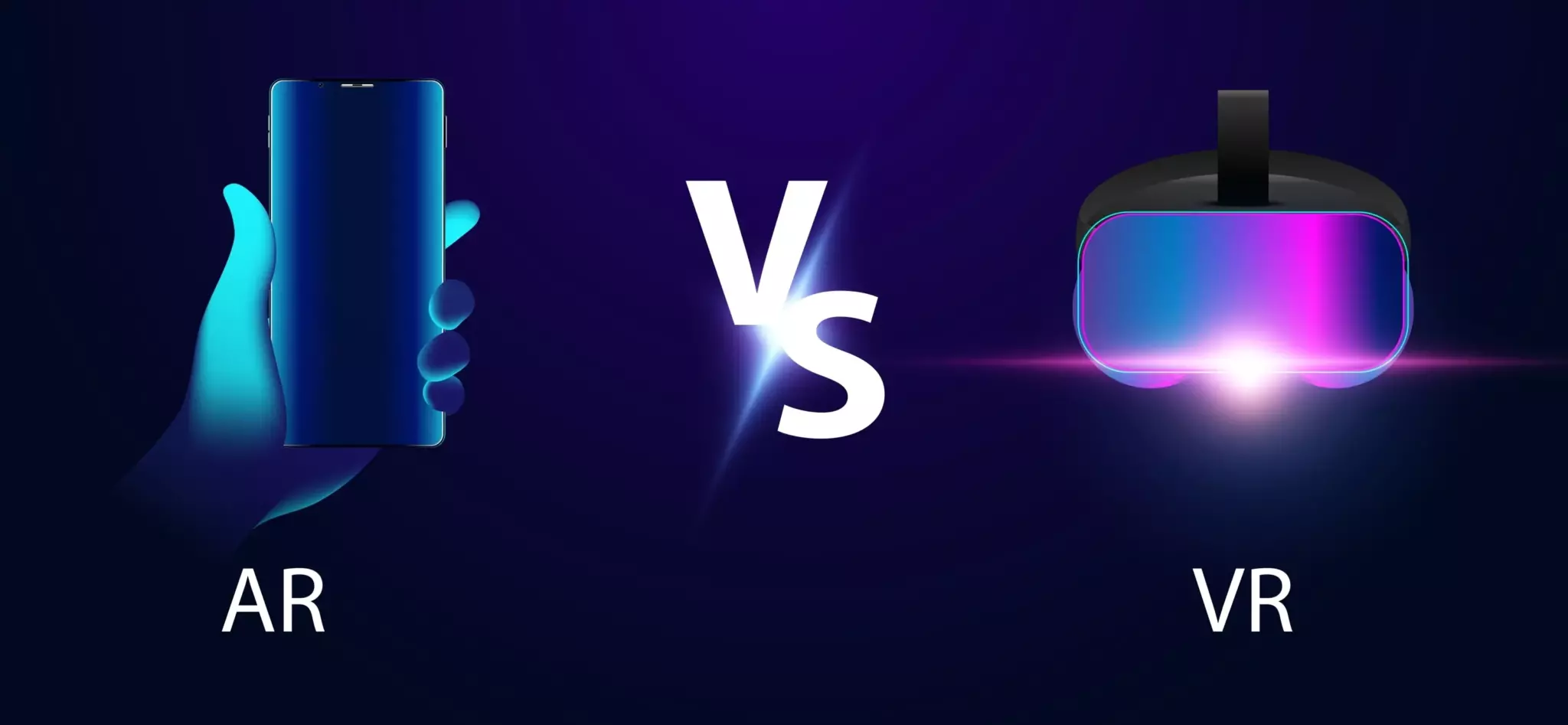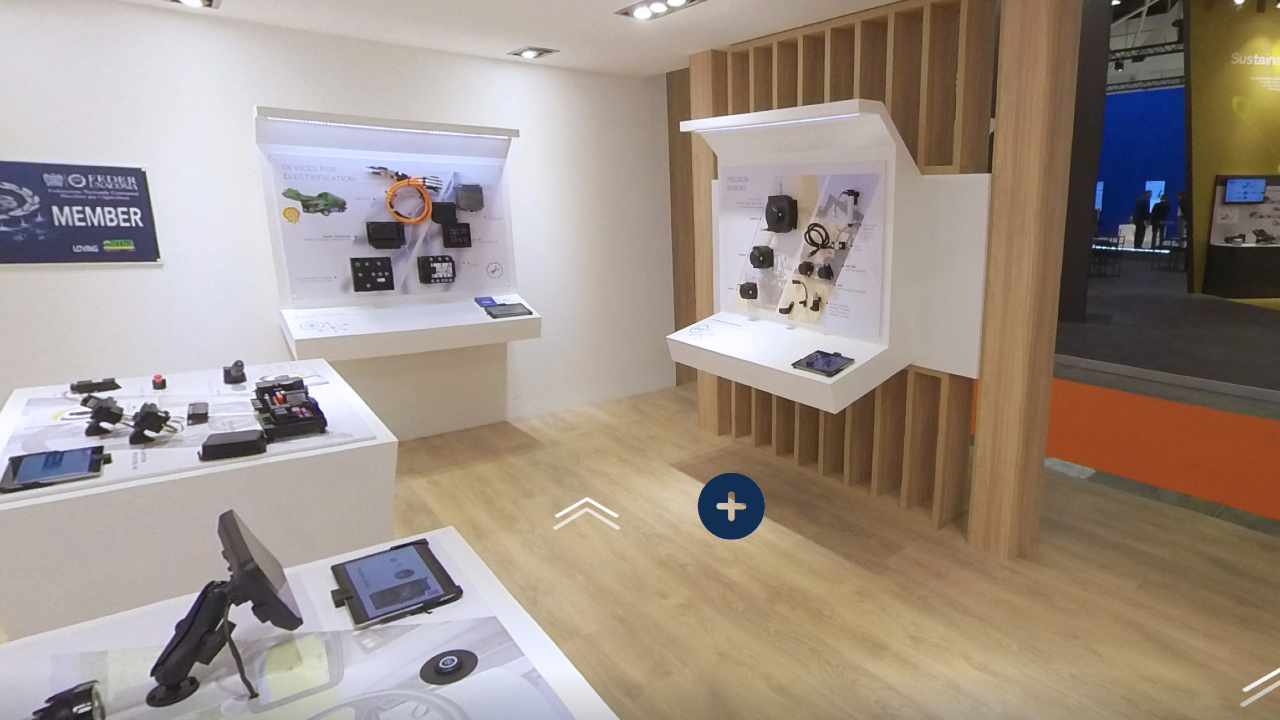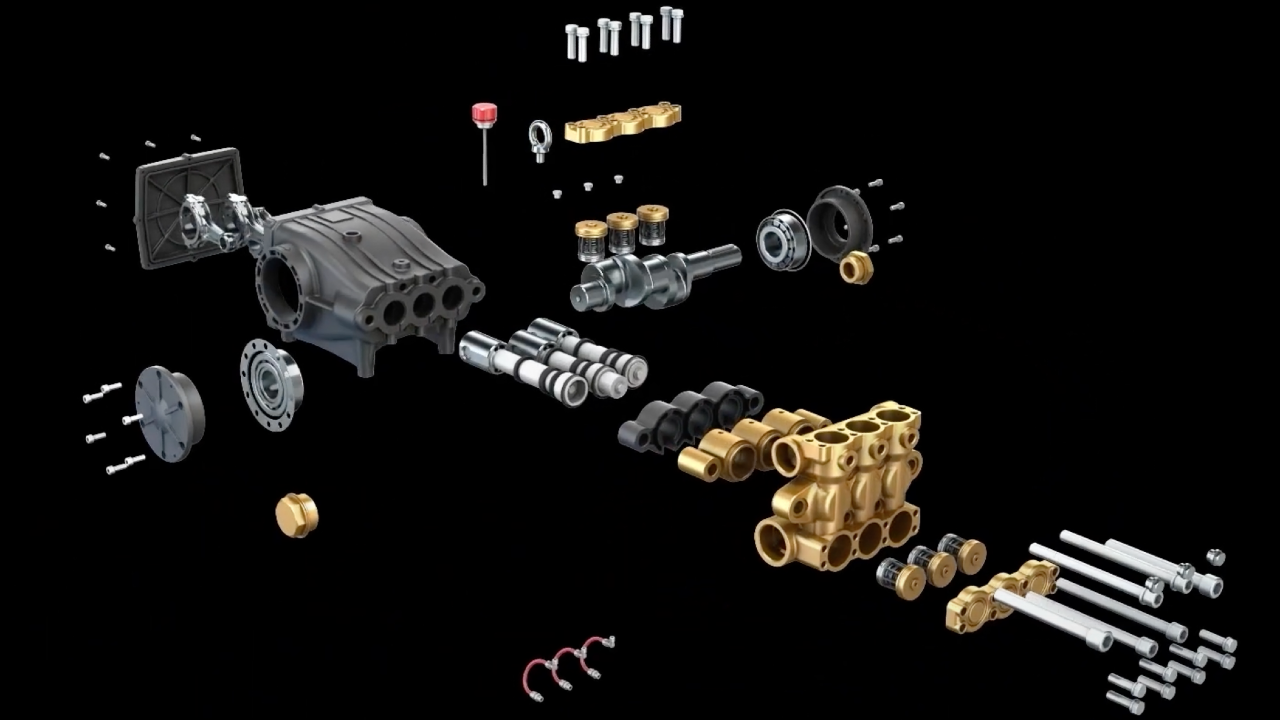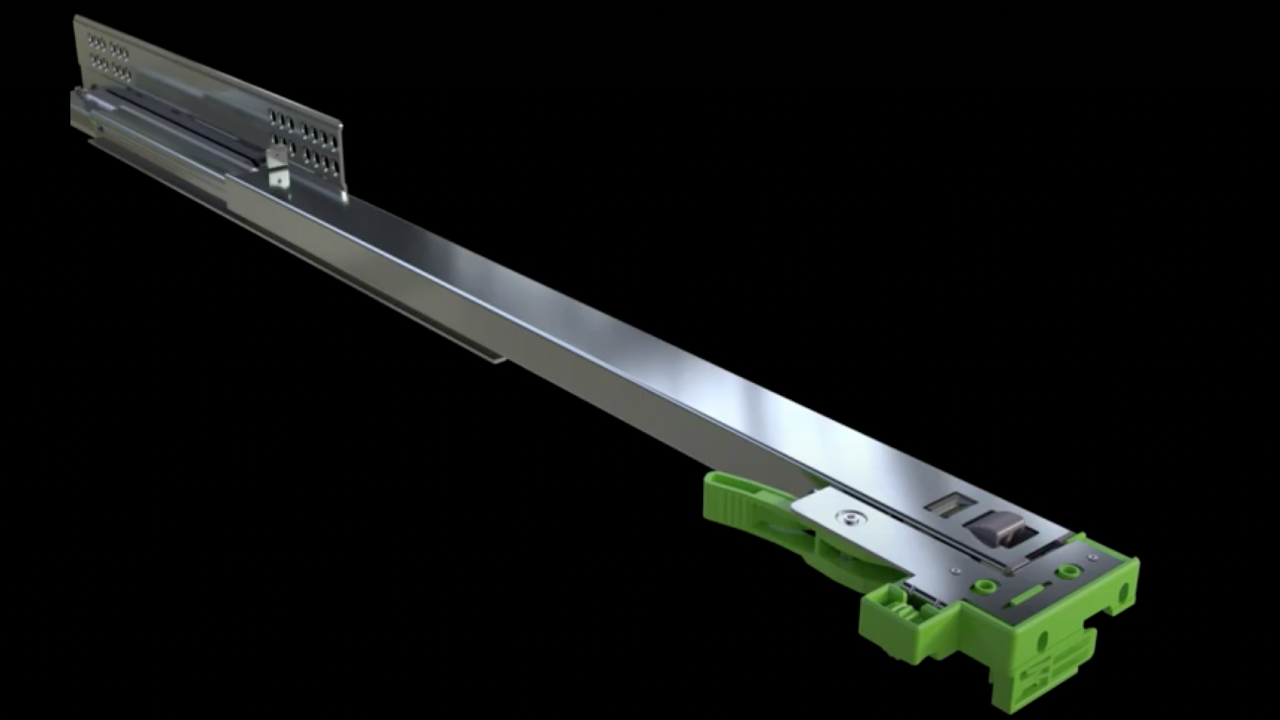To maximize visual impact and capture attention at trade fairs, it is increasingly necessary to rely on technological innovation and advanced multimedia tools: from holographic projection systems to digital services and three-dimensional designs to harness the potential of next-generation LED walls, to virtual tours rich in content and tools to modernize the face of your company and showroom

- What AR and VR (augmented & virtual reality) are?
- VR, on the other hand, creates a completely virtual environment, isolating the user from the view of the real world and transporting them into a simulated environment.
- AR and VR offer enormous potential in terms of audience engagement.
- Users can explore and interact intuitively with this virtual world through body movement and precise controller input.
Virtual Showroom
- The virtual showroom is a product that combines the characteristics of AR with those of VR.- It consists of one or more spaces that are either real or entirely virtual, developed using 360° photographic technique and rendering.
- Its unique feature lies in the ability to incorporate countless video, audio, 3D animations, images, PDFs, and simultaneous video chats to enrich the brand experience, making it increasingly intense, interactive, and memorable.
Immersive 360° Videos
- They serve as the starting point for creating a digital twin, which is a virtual representation of a physical entity.
- Utilizing such technology allows viewing in all directions, both vertically and horizontally, to explore the surrounding environment as desired.

- Task: Provide the client with a tool capable of showcasing the new real product (joystick for earthmoving machinery control) while emphasizing visitor engagement.
- Activities: Provision of a TDS (transparent showcase display), a real showcase inside which to display the product, enriched with a series of interactive multimedia contents, viewable simultaneously on the front glass/touch screen.
- Outcome: Realization, through an AR project, of an engaging and fascinating exhibition.
Holographic Projection
- It is a technology for displaying high-definition digital objects in 3D.- The holographic showcase (an excellent example of this technology) falls within the family of VR products because it combines the 3D digital product with interactive content without dimensional limits.
- The scenic rendering is of great impact, ensuring product and brand enhancement.

- Task: Customization of the company's entrance lobby with technology to showcase the new product.
- Activities: Creation of a showcase for holographic projection of the animated 3D product.
- Outcome: Ability to see the internal components of the animated 3D product and showcase its features, while also keeping the hardware in place for future updates of content with other 3D products.
3D Video Animations
- The digitized object (3D) lends itself to being processed using photorealistic rendering techniques.- Fluid movements, exploded views of mechanical components, assemblies, and complex animations are possible starting from the 3D object alone.

- Task: Showcase the new product in an engaging way during the trade show.
- Activities: AR (Augmented Reality) project to display the 3D product in detail (hinge for doors).
- Outcome: Creation of a marker that, when captured with a mobile phone camera, displayed the 3D product. Since the product was small, it was possible to enlarge and rotate it on its axis, analyzing it on a 10:1 scale.



